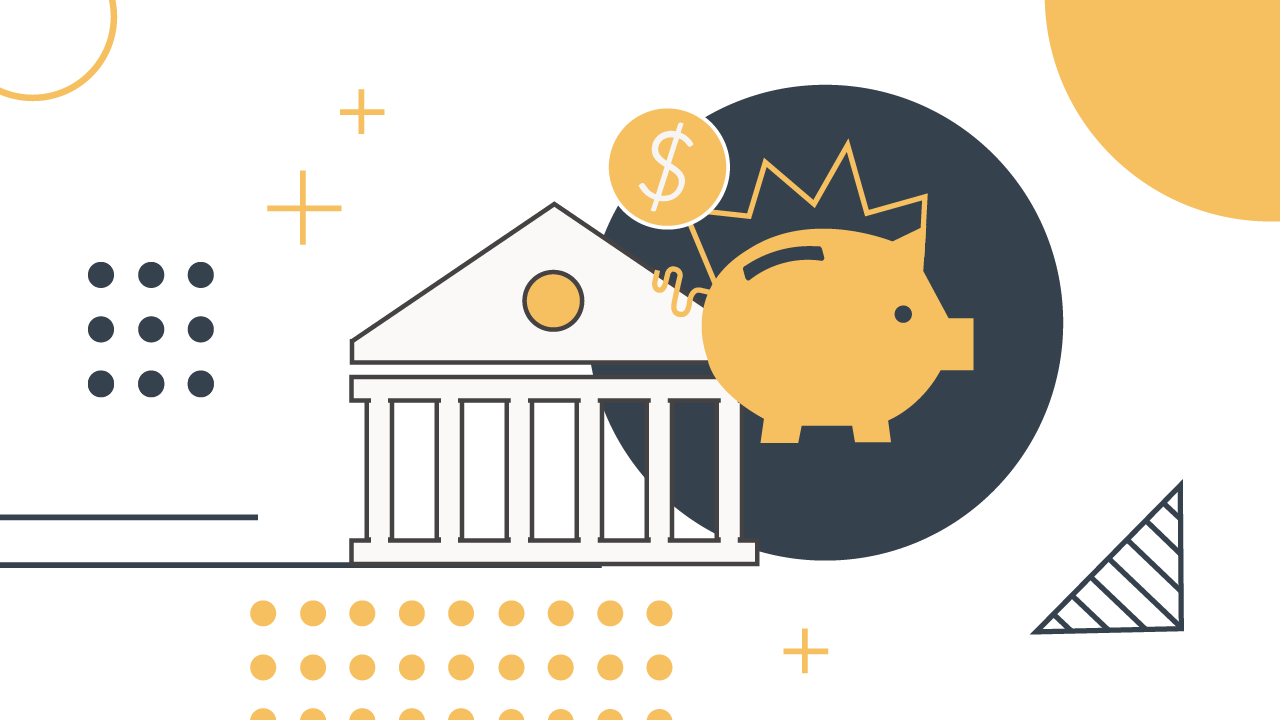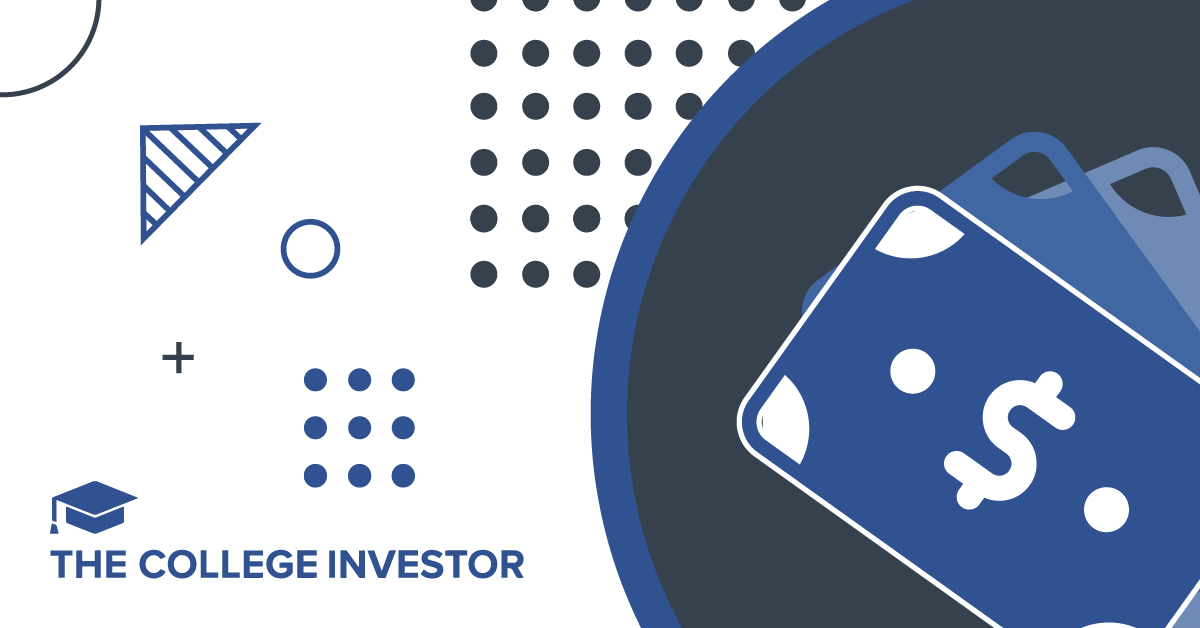What Is A Direct Student Loan? Pros And Cons


A Direct Student Loan is another name for a federally issued student loan in the United States. If you borrowed money from the U.S. Department of Education, you likely took out a Direct Loan.
Since 2010, all federal loans have been Direct student loans. Prior to this, most loans would have been FFEL loans. More on this below.
Here’s what you need to know about these loans. If you’re just shopping for loans, here’s where to find the best student loans.
Direct Student Loans are student loans issued directly by the United States Department of Education. Any Federal student loans issued after July 1, 2010 are federal Direct Loans.
Prior to July 1, 2010, federal loans could also have been Federal Family Education Loan (FFEL) Program loans. FFEL loans don’t have the exact same privileges as Direct Student Loans, but it is generally possible to consolidate FFEL loans to a Direct Consolidation Loan.
There are four major types of Direct Student Loans including:
Like most forms of debt, Direct Student Loans have advantages and disadvantages. Here are some of the most important pros and cons of Direct Student Loans.
If you’re a teacher, a military member, a police officer, someone who works for a nonprofit, or another public servant, you may qualify for PSLF or another student loan forgiveness program.
If you’re working full-time for an eligible organization under PSLF, your loans can be forgiven after 120 payments under qualifying plans. Learn more about PSLF.
Income-driven repayment plans tend to be helpful in two scenarios. First, if you’re pursuing loan forgiveness, you’ll want your payments to be as low as possible. An income-driven repayment plan makes a lot of sense in those scenarios. Second, if your current income is low, you may need lower payments.
In those cases, income-driven repayment makes sense. If an income-driven repayment plan may make sense for you, consider researching the best plan for your situation.
Many people find that income-driven repayment plans are useful for a few years while their income grows. But as a word of caution, you don’t want to become overly reliant on repayment plans (unless you qualify for loan forgiveness).
Income-driven repayment plans can drag out your loan payments for two decades (or longer). If you won’t qualify for loan forgiveness, do everything in your power to attack the debt as soon as possible.
Once you become very serious about paying off your student loans quickly, you may find that federal Direct Loans aren’t the best loans for you.
If you have great credit, you may be able to refinance your student loans for five- to seven-year repayment terms with very low interest rates. Refinancing can save you hundreds or thousands of dollars over the life of your loans.
But you need to be careful with refinancing. As soon as you refinance, you lose all the protections associated with Direct Student Loans.
If you decide to refinance, be sure to shop around using a loan comparison site like Credible.

Industrial flex space has become a quiet favorite among sophisticated investors seeking durable income backed by real business demand. If...

Getting an inheritance is the epitome of a mixed blessing. You receive a financial windfall, but the cause is the...

During his tenure as the California Secretary of Health and Human Services, Mike Wilkening cemented his reputation as a steady...